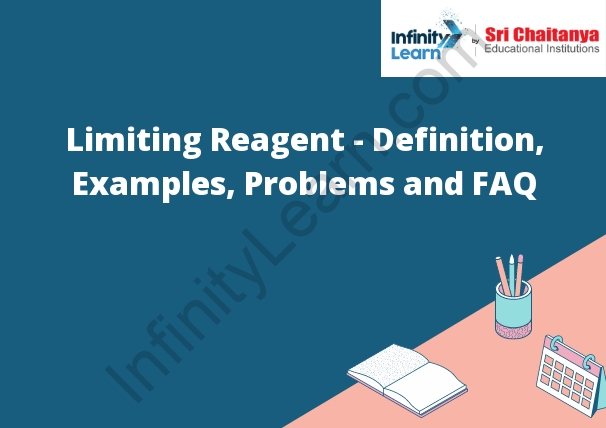Table of Contents
What is a Limiting Reagent?
The limiting reagent is the reactant that is in shortest supply. The limiting reagent controls the rate of the reaction because it is the only reactant that can be used up. The other reactants are in excess and can continue to react even after the limiting reagent is used up. Limiting Reagent – Definition Examples.

Limiting Reagent Definition
The limiting reagent is the reactant in a chemical equation that is in shortest supply. The other reactants in the equation will then react with the limiting reagent until it is all used up.
Limiting Reagent Examples
In chemistry, a limiting reagent (LR) is a reactant that controls the amount of product that can be formed in a chemical reaction. The other reactant is called the excess reagent.
A simple example of a limiting reagent is the reaction of sodium with water. The excess reagent is water.
In another example, consider the reaction of sulfur dioxide with oxygen to form sulfur trioxide. In this reaction, sulfur dioxide is the limiting reagent because it determines how much sulfur trioxide can be formed. The excess reagent is oxygen.
How to Find Limiting Reagent in a Reaction?
The determination of the limiting reactant is typically just a piece of a larger puzzle. In most limiting reactant stoichiometry problems, the real goal is to determine how much product could be formed from a particular reactant mixture. The limiting reactant or reagent can be determined by two methods.
-
-
-
- Using the mole ration
- Using the product approach
-
-
In order to calculate the mass of the product first, write the balanced equation and find out which reagent is in excess. Using the limiting reagent calculate the mass of the product.
The following points should be considered while attempting to identify the limiting reagent:
-
-
-
- When there are only two reactants, write the balanced chemical equation and check the amount of reactant B required to react with reactant A. When the amount of reactant B is greater, reactant A is the limiting reagent.
- The reactant which is in a lesser amount than is required by stoichiometry is the limiting reactant.
- In an alternate method of finding the limiting reagent, the amount of product formed by each reactant is calculated.
- The limiting reactant is the reactant from which the minimum amount of product is formed.
- Also, if we calculate the amount of one reactant needed to react with another reactant, then the reactant which is in shortage would be the required limiting reactant.
-
-
Thus, the required limiting reagent for the reaction can be identified using the points provided above. These reagents are very important while calculating the percentage yield of a given reaction.
Limiting Reagent Problems
1) A chemist is preparing to synthesize a compound that requires the use of 1.5 mol of sulfuric acid. He has a 2.0 mol bottle of sulfuric acid. How much of the acid can he use?
The chemist can use up to 1.0 mol of the sulfuric acid.
Limiting Reagent – Definition Examples.







